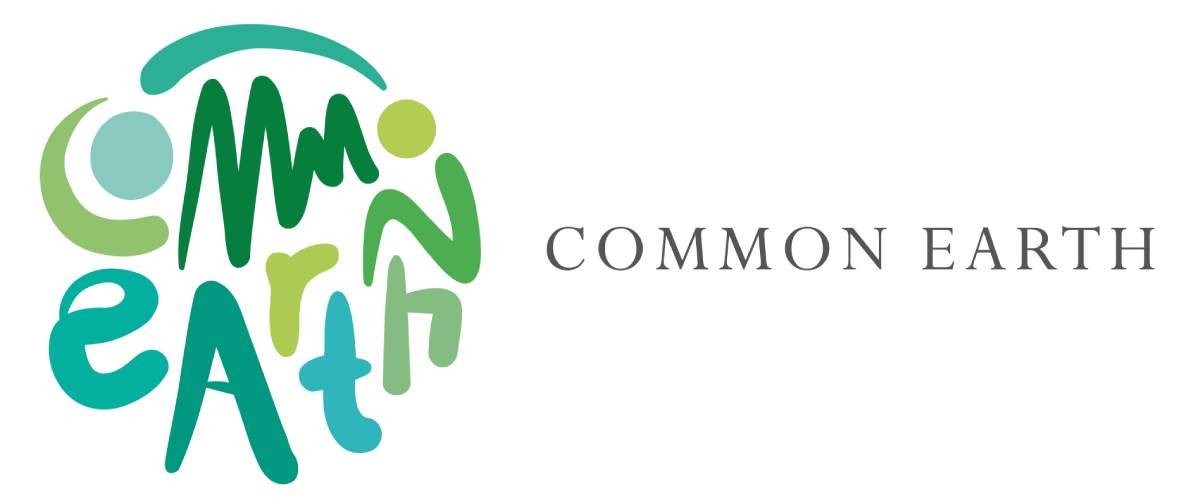The Wisdom of Water Conservation
Location: New Zealand
For the last six years Auckland Council, in partnership with Common Earth, has launched a city-wide initiative to entirely regenerate their unique water systems.
Combining sacred Maori wisdom and an integral pride in New Zealand’s natural beauty, this project aims not only to remove pollutants but also to drastically alter the national conversation around water conservation as a unifying life source for humans and animals alike.
PARTNERS
This effort would not be possible without the dedication of many partners, including:
The Auckland Council
Panuku Development
The Big Shift Ecosystem (a cross-sector collaboration)
Callaghan Innovation (a New Zealand Government Agency)
Living Future Aotearoa New Zealand
A wide range of other organizations, businesses, and initiatives
Cloudburst Foundation and the Commonwealth Secretariat’s Common Earth programme have also been critical to scaling these efforts.
AIMS
The Waiora Project is totally regenerating Auckland’s harbours and tributaries in an effort to preserve their unique water systems for local animal and plant species that call the area their habitat. This initiative, through its respect for indigenous customs and contemporary legislation, will offer an inspiring narrative about the city as a source of restorative energy.
Water has both a physiological and cultural importance in New Zealand, revered as a substance that flows through, and unites all living things. Only by honouring both ideologies can the people of Auckland achieve “whakapapa oranga” (the regeneration of kinship relationships), restoring balance with nature and one another. The success of this project guarantees a regeneration of the people, as well as the environment.
CONTEXT
As New Zealand’s largest city, Auckland’s unique location at the convergence of Hauraki Gulf and the Manukau Harbour makes it especially significant. These complementary water systems have worked harmoniously for hundreds of years to evolve the Auckland coast into a prime area of breeding for local species, and migratory routes for fish and birds. Additionally, ancient sedimentary layers have created exceptionally fertile clay and soil that supports lush, biologically diverse plant life.
Anybody who has had the privilege to visit Auckland can’t fail to see the natural splendour of the city. These features also form the integral landscape for local culture, food production and economy, and its importance cannot be understated.
Industrial development has placed this vibrant ecosystem under considerable stress, and Auckland’s already degraded landscape and waterways face further challenges due to intense urban expansion. However, Auckland maintains robust ambitions for an ecologically conscious future as outlined in the Auckland Plan 2050. In addition, the historic Treaty of Waitangi, signed between the British Crown and Māori in 1840, allows for a fruitful collaboration between The Commonwealth and indigenous communities that will be instrumental to the success of this project.
METHOD
For the last six years, local leaders have worked diligently to recruit and train a fast-growing community of both Māori and “Pakeha” people in the methods of regeneration. These individuals work in local and national government agencies, universities, companies large and small, community organisations, environmental groups, and Māori advocacy groups.
This ensures that at every level of society and within official government channels, there are citizens wholly dedicated to the preservation and restoration of essential natural spaces. They are collectively advancing hundreds of projects with the intention of healing social, commercial and ecological systems, as well as altering local habits to be more environmentally conscious. Each of these projects falls into one of three main categories:
Physical:
Clearance of pollutants from streams and harbours, restoring the forests, estuaries and other ecosystems that maintain marine health – and development of preventative measures to halt further damage. These efforts address wide-ranging issues from sewage to agricultural sediments, industrial pollution to the impacts of shipping, all of which are necessary processes to everyday life but, if left unregulated, can irreparably damage delicate ecosystems.
Cultural:
We also recognise the need for a cultural shift in order to sustain these natural environments, fostering a healthy relationship between urban landscapes and the water systems they rely upon. This progress can be achieved through community outreach; public education, training and the continued inclusion of Māori representatives in government bodies, so that legislation upholds and honours their beliefs.
Social/ Spiritual:
There is a spiritual component to the Waiora Project that is unique to the population of New Zealand. This regeneration aims to reconnect people throughout society to the “Mauri” (the Māori word for ‘life force’). The concept of “Mauri” is integral to the spirit of Auckland, and the belief placed in this idea will drive the systemic changes to which Auckland aspires.
ADDITIONAL BENEFITS
As one of the most culturally diverse urban areas in the world, Auckland is home to an unparalleled concentration of Pacific Islanders. Naturally, this places the city in an important position with regards to the aims of the Commonwealth Blue Charter, to which New Zealand is a signatory, and other Commonwealth initiatives. Through partnership with Common Earth and the Commonwealth, the Waiora Project will contextualise Auckland’s role as a gateway into future projects reaching the Pacific Islands and beyond.

